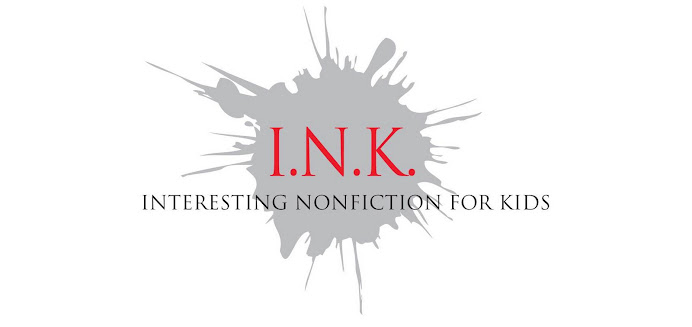The author profiled last weekend was Orhan Pamuk; author of “The Innocence of Objects” and “Silent House”. What caught my attention was the interview question: “How has your training as a painter informed the way you write and read your books?” When I read that, I knew I struck gold!
Orhan’s response: “As I wrote in my autobiographical book, “Istanbul”, and now in “The Innocence of Objects”, I was raised to be a painter. But when I was 23-years-old, one mysterious screw got loose in my head and I switched to writing novels. I still enjoy the pleasures of painting. I am a happier person when I paint, but I feel that I am engaged more deeply with the world when I write. Yes, painting and literature are “sister arts” and I taught a class about it at Columbia.”
Orhan points out the five things that the painter in him taught the writer in him:
- Don’t start to write before you have a strong sense of the whole composition, unless you are writing a lyrical text or a poem.
- Don’t search for perfection and symmetry --- it will kill the life of the work.
- Obey the rules of point of view and perspective and see the world through your characters’ eyes --- but it is permissible to break this rule with inventiveness.
- Like Van Gogh or the neo-Expressionist painters, show your brushstrokes! The reader will enjoy observing the making of the novel if it is made a minor part of the story.
- Try to identify the accidental beauty where neither the mind conceived of nor the hand intended any. The writer in me and the painter in me are getting to be friendlier every day. That’s why I am now planning novels with pictures and picture books with texts and stories.
Read more of the interview here.
Now, tell me that you didn’t grab an inspirational gem from that.
While writing my manuscript the past year, I’ve been aching to paint. I even have a board on my Pinterest page titled “Things that make me want to paint”. If I look it from Orhan’s perspective, I shouldn’t be berating myself for not painting… on canvas --- guess I was painting on Word.
Later in the day last Sunday, I watched part two of the David McCullough interview with Morley Safer on 60-Minutes. Truth be told, I have a little author crush on David. The Great Bridge helped me immensely while writing my Emily Roebling chapter. Turns out David originally started studying painting in college. He even drew a picture of Another gem!
The book "The Writer's Brush: Paintings, Drawings, and Sculpture by Writers", written by Donald Friedman, is filled with many paintings by our favorite writers, but I had never made that writing/painting connection that Orhan pointed out. So, now that my manuscript has been sent in and another looms in the future, I think I will try to switch to some canvas work. Question is: acrylic or oil?


